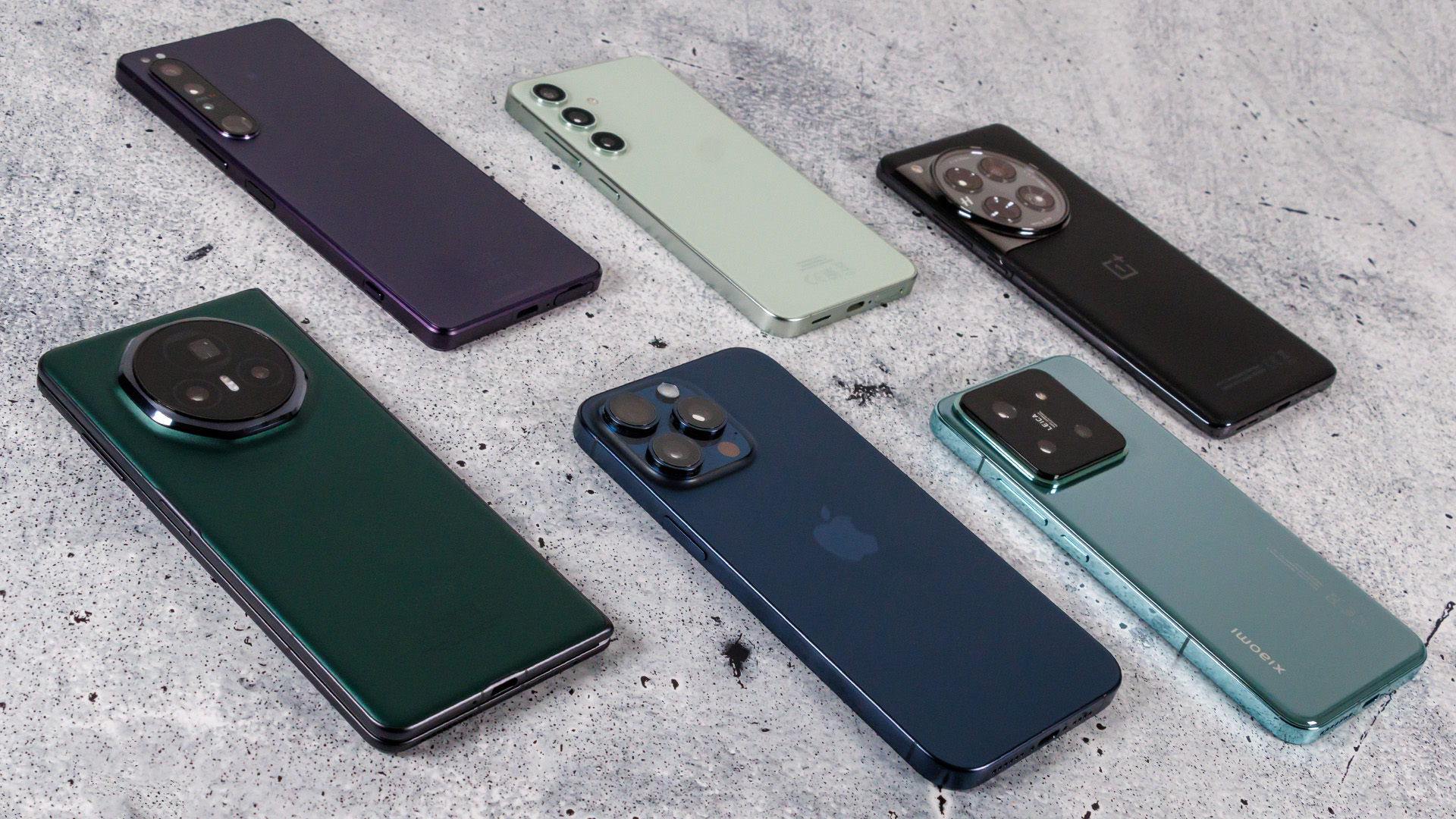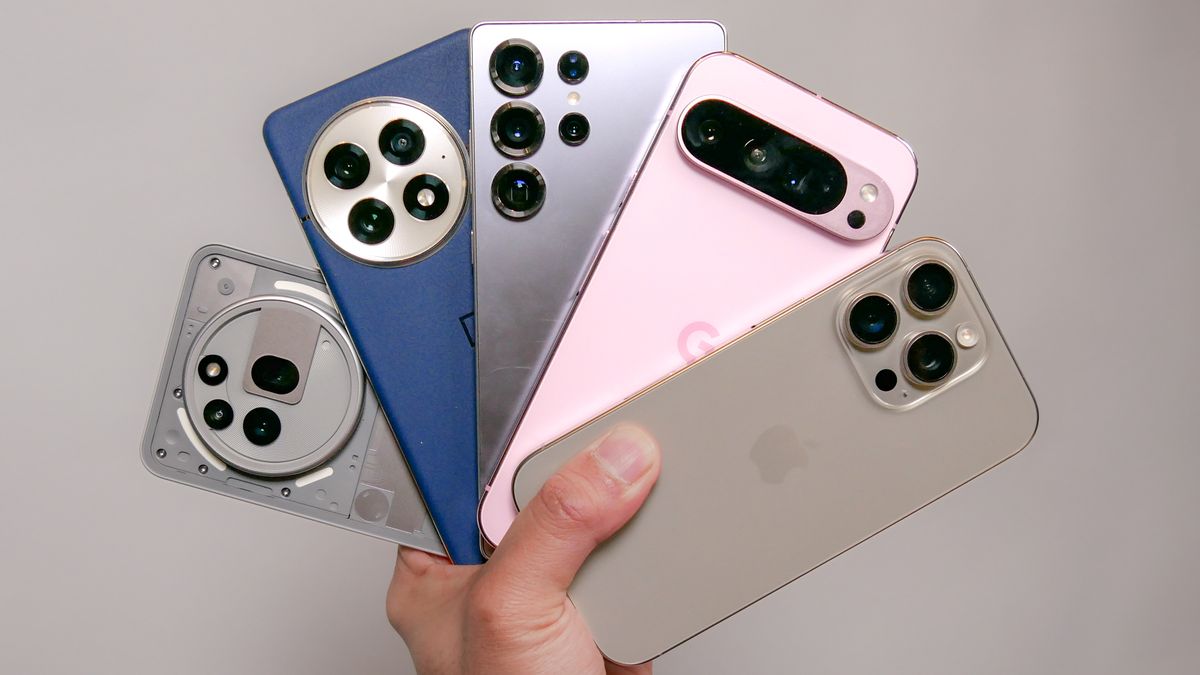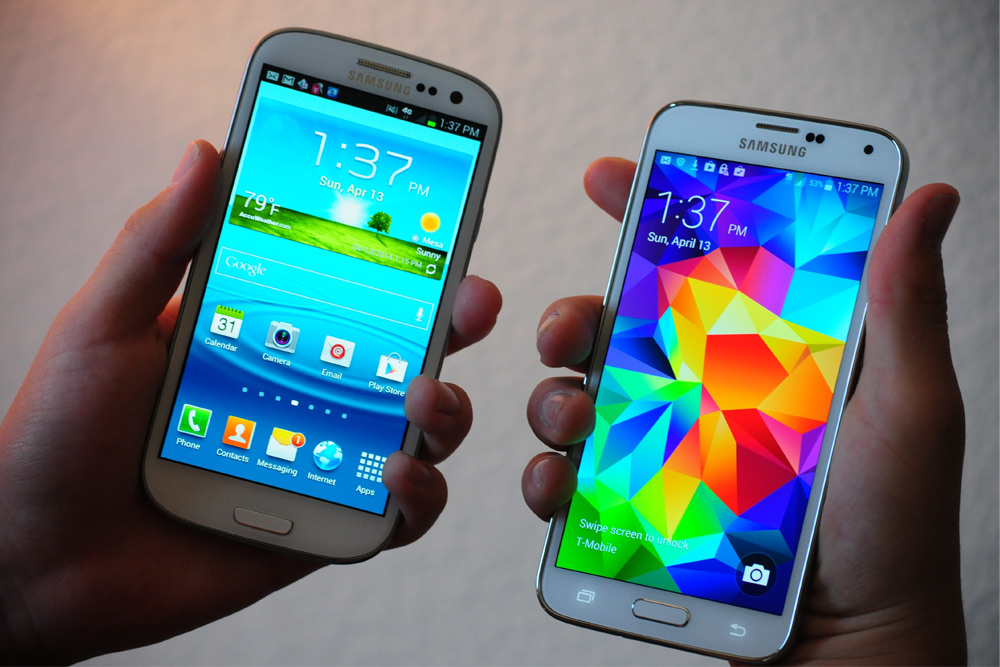
How to Choose the Perfect Smartphone Based on Your Needs and Budget
Introduction
In today’s fast-paced world, choosing the perfect smartphone has become a crucial decision for many. With numerous options available in various price ranges, it can be overwhelming to find the right fit. Whether you need a phone for work, gaming, photography, or general use, there is something out there for everyone. This comprehensive guide will walk you through the process of selecting the ideal smartphone based on your needs and budget.
Understanding Your Needs
Before you start browsing through endless options, it’s important to first assess your needs. This will help narrow down the features that are most important to you. Here are a few key factors to consider:
1. Purpose: Work, Entertainment, or Photography?
- Work-Related Needs: If your primary use is for work, focus on performance, storage, and reliability. A phone with a strong processor, good battery life, and ample storage will ensure smooth multitasking and handling of productivity apps.
- Entertainment: For those who enjoy streaming videos, playing games, or socializing on social media, screen quality, battery life, and sound output are key factors to consider.
- Photography: If photography is your main priority, focus on camera quality, both front and rear, along with features like AI enhancements, night mode, and optical zoom.
2. Performance
When selecting a smartphone, performance is key. A smartphone with a fast processor, sufficient RAM, and reliable software support ensures that the phone can handle demanding tasks without slowing down.
- Processor: Choose a phone with a modern processor, such as the Qualcomm Snapdragon 8 series or Apple’s A-series chips, for smooth performance.
- RAM: For multitasking, at least 6GB of RAM is recommended.
- Software: Ensure the phone has the latest operating system version and will continue to receive updates for security and functionality.
Budget Considerations
Smartphones come in a wide range of prices, from budget-friendly options to premium flagship devices. Understanding your budget is crucial to avoid overspending while ensuring that you don’t sacrifice the features you need.
1. Budget Phones ($100 – $300)
Budget phones are great for basic usage like calling, texting, browsing, and social media. These phones often come with fewer features, but they can still deliver reliable performance for essential tasks.
- Pros: Affordable, good for basic functions.
- Cons: Limited features, lower-quality display, and camera.
2. Mid-Range Phones ($300 – $600)
Mid-range smartphones strike a balance between affordability and performance. These phones usually offer better processors, more RAM, and decent cameras, making them ideal for average users.
- Pros: Good balance of features and price.
- Cons: Still not as high-performing as flagship models.
3. Flagship Phones ($600 and above)
Flagship smartphones offer the best in terms of performance, display, and camera quality. If you’re a power user or someone who demands top-tier specifications, a flagship model is the right choice for you.
- Pros: High-quality performance, cutting-edge technology.
- Cons: Expensive, and may have features you don’t necessarily need.
Key Smartphone Features to Look for
When choosing a smartphone, consider these essential features that directly impact the performance, longevity, and usability of your device.
1. Display
The display is arguably one of the most important aspects of any smartphone. A high-quality screen ensures a better user experience for watching videos, playing games, or simply browsing through apps.
- Resolution: Full HD (1080p) is sufficient for most users, but higher-end devices often come with 1440p or even 4K displays.
- Refresh Rate: Higher refresh rates (90Hz, 120Hz) offer smoother scrolling and gaming experiences.
2. Camera
A good camera is essential for anyone who loves to capture moments, whether for personal use or content creation.
- Megapixels: While higher megapixels can offer more detail, the quality of the lens and software processing are equally important.
- Features: Look for features like portrait mode, night mode, and optical zoom.
3. Battery Life
Smartphones with long battery life are crucial for people who use their phones extensively throughout the day.
- Battery Capacity: Phones with a battery capacity of 4000mAh or higher tend to last a full day on moderate use.
- Charging Speed: Look for phones that support fast charging for quick top-ups.
4. Storage
Consider how much storage you will need. Smartphones come with various internal storage options, typically ranging from 32GB to 512GB or more.
- Expandable Storage: If you need more storage, check if the phone offers expandable storage via SD cards.
5. Operating System
- Android: Offers great flexibility and customization options.
- iOS: Known for its user-friendly interface, regular updates, and seamless integration with Apple products.
Popular Smartphone Brands in 2025
1. Apple
- iPhone 15 Series: The latest iPhones offer excellent performance, top-tier camera capabilities, and an impressive display.
- iOS Ecosystem: If you’re already invested in Apple’s ecosystem (Mac, iPad, Apple Watch), an iPhone will seamlessly integrate.
2. Samsung
- Galaxy S Series: Known for their amazing displays, fast charging, and excellent cameras.
- One UI: Samsung’s custom Android interface is clean and feature-rich.
3. Google
- Pixel Series: Known for their stock Android experience and exceptional cameras with AI-based features.
- Software Support: Google phones receive the latest Android updates faster than most other manufacturers.
4. OnePlus
- Flagship Killers: OnePlus phones offer premium features at a competitive price, with fast performance and good build quality.
Additional Considerations
1. 5G Support
With 5G becoming more widely available, having a 5G-compatible phone may future-proof your purchase, especially if you plan to keep the phone for several years.
2. Durability and Design
Look for phones with water resistance, durable builds, and a design that suits your preferences.
3. Security Features
Biometric security features like fingerprint scanners and facial recognition add an extra layer of protection to your device.
How to Choose Based on Your Needs
- For Basic Use: Opt for budget-friendly models with good battery life and a reliable camera for everyday tasks.
- For Entertainment: Go for mid-range to flagship models with a high-refresh-rate display, good speakers, and powerful processors.
- For Photography: Invest in phones with advanced camera features and processing power.
- For Power Users: Choose flagship models with top-of-the-line performance, high RAM, and excellent multitasking abilities.
Conclusion
Choosing the right smartphone depends on understanding your needs, preferences, and budget. By evaluating your primary use case, you can identify the features that matter most to you and make an informed decision. Whether you’re looking for a budget-friendly option or a high-end flagship, there’s a perfect phone out there for everyone.



